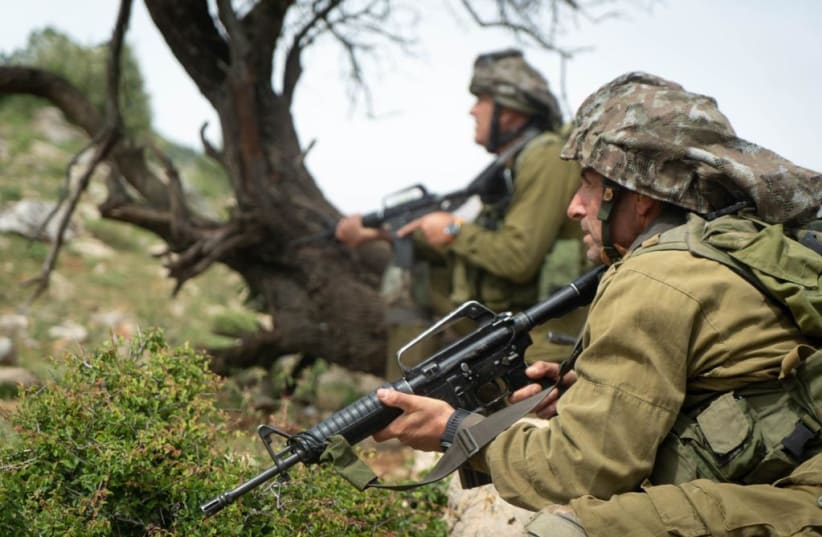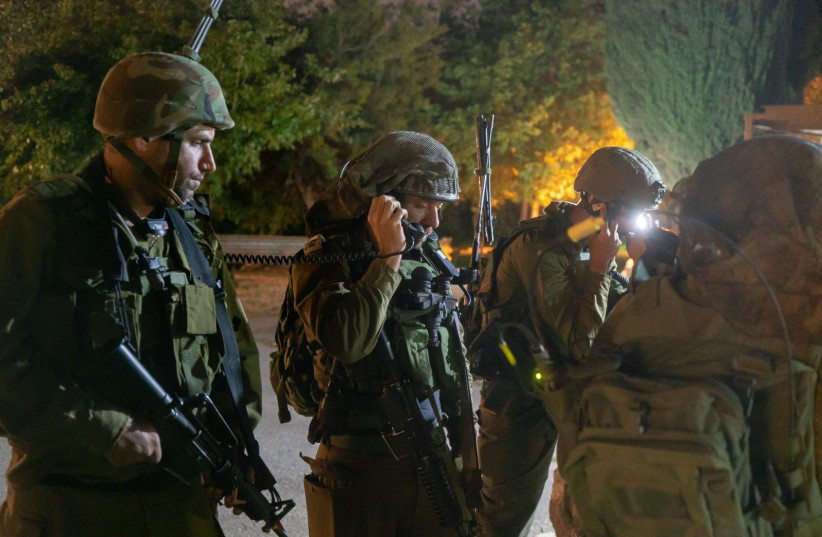The Israeli military is concerned that it does not yet have the necessary amount of munitions needed to strike the thousands of enemy targets in Lebanon and Gaza that it plans to hit should a multi-front war break out.
Israel purchased tens of thousands of precision-guided munitions from the United States in recent years but used hundreds of joint direct attack munitions (JDAM) during Operation Guardian of the Walls last May necessitating restocking its supply.
All JDAMs have since been replenished by Washington, and the military plans to acquire far more before 2024, and will increase that number by even more by 2030.
However, with enemy military infrastructure integrated and hidden in densely urban civilian centers, the IDF will have to use precision munitions against targets in order to reduce civilian casualties. The military is worried that a lack of munitions will not allow it to carry out the intensive strikes against the enemy at the necessary pace.
The IDF plans to carry out a blitzkrieg against enemy targets prior to ground maneuvers in order to deny the enemy of capabilities, and to reduce rocket fire on the home front.
While the Israel Air Force has previously been the body responsible for striking targets including rocket storehouses and launchers, those sites will also be destroyed by maneuvering ground forces.
Future wars
During a future war, the military plans to carry out thousands of strikes against enemy targets per day from the air, land and sea. They will include both surgical precision strikes as well as massive bombardments.
With Hezbollah’s rocket arsenal numbering over 150,000 rockets and mortars, including 45,000 short-range rockets, the IDF expects to see more than 1,500 rockets fired every day toward Israel should a war break out in the North.
Rocket fire from the Gaza Strip is expected to simultaneously pound the Israeli home front. Hamas and Palestinian Islamic Jihad fired over 4,000 rockets and mortars into Israel during the war last May, and the terrorist groups are believed to still have thousands more ready to be fired.
The amount of rocket fire toward Israeli cities is expected to be massive until the last day of the conflict.
Following the war last May, the IDF admitted that targeting rockets and rocket launchers posed a challenge, and it has therefore increased its intelligence collection on such targets.
The IDF created a unique multidisciplinary center subordinate to the Operations Directorate two years ago. The purpose was to harness intelligence using digital and advanced artificial intelligence capabilities to create a “target incubator” that produces hundreds of targets relevant to developments in the fighting. This, in turn, allows the military to continue fighting as long as it needs to against more new targets.
Since the establishment of the center, the number of targets has increased by about 400%, with thousands of targets on the northern front and in the densely populated Gaza Strip.
Though the IDF has admitted that its target bank in Gaza is very problematic, with lower quality targets available, it has in the North 20 times the number of quality targets it had in 2006, including headquarters, strategic assets and weapons storehouses.
According to the military, while Hamas and Hezbollah have gathered intelligence on targets in Israel, they are not close to the same number as the IDF.

